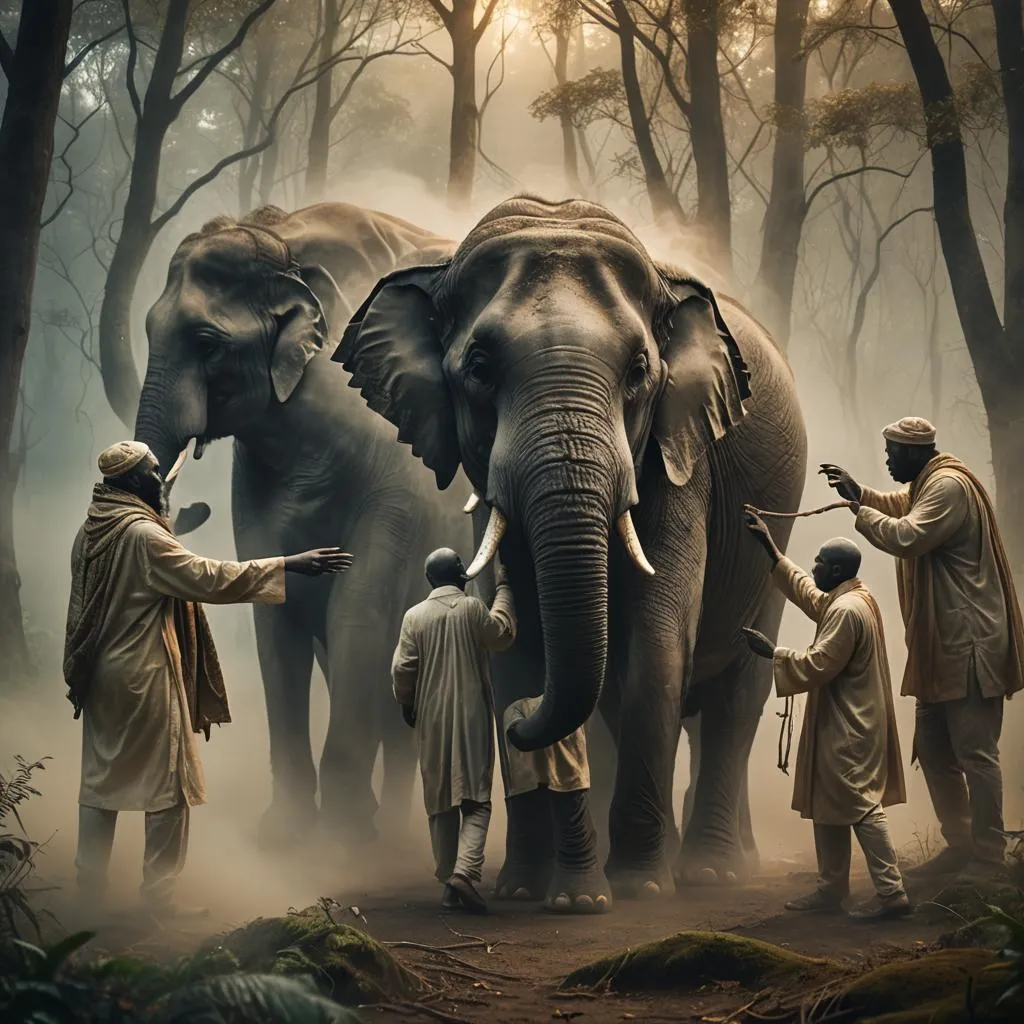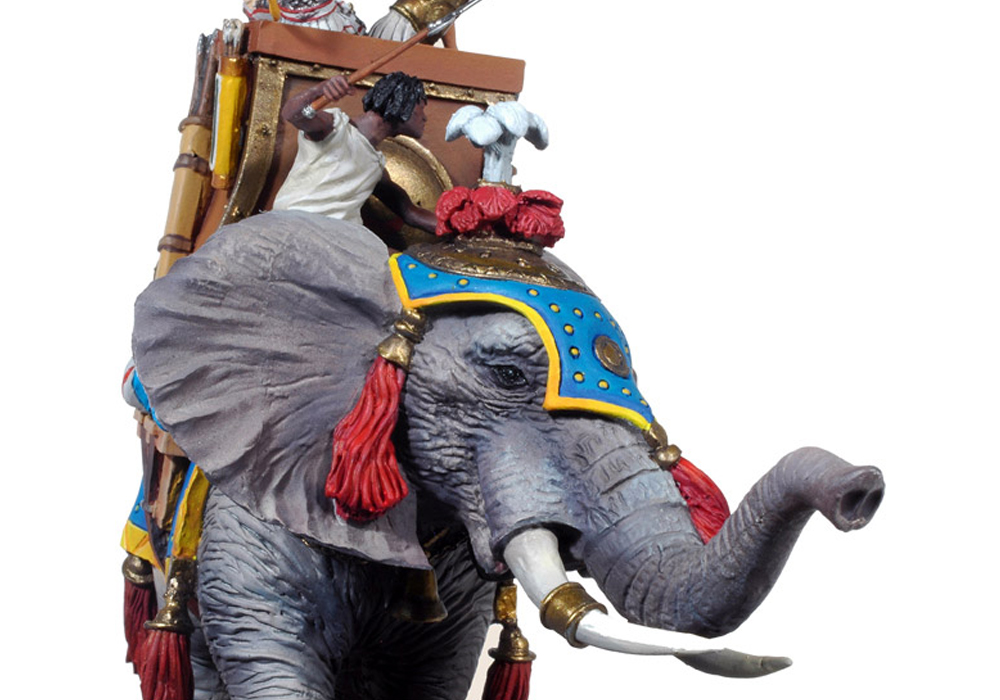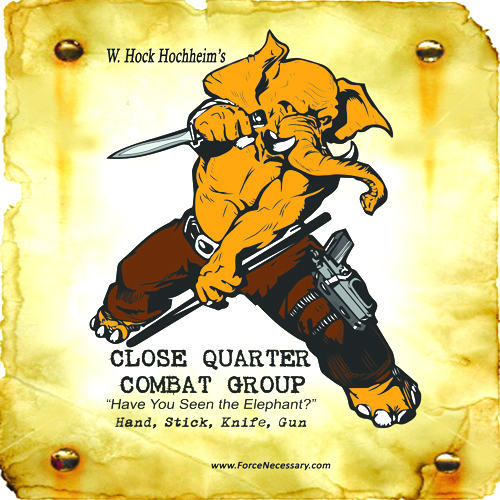
(The elephant head in the photo is not real. I would never shoot an elephant nor would I advocate such a thing. That is not a tattoo on my arm, but the arm of one of our practitioners. Another one has the tattoo on his calf.)
I have used the elephant as a logo-symbol so to speak for 30 years, for the reasons I list here. You always read on the interwebs about people claiming “people have asked me…” For most “experts,” no they haven’t. That line is just an excuse to pontificate on a topic, pretending to be a sought after expert. But in this case, actually, honestly a few folks will always ask, “Hock, why an elephant?” after seeing it for 30 years on my shirts, certificates, patches and later on my webpages.
First off the elephant has a insider, tribal meaning. Veteran insiders in the military, police and hunting worlds have long used the expression when talking about experienced operators. Also “experiencing” elephants have been used in religions and philosophies.
”Work with him! He’s seen the elephant,”
or…
“Train with him, he’s seen the elephant.”
or…
“Hunt with THAT elephant hunter. He has seen (and shot) the elephant. He knows where the elephant is. He knows the elephant.”
or…
“The elephant never forgets.”
Professor Google says about seeing, or seen the elephant…”In 19th-century America, (some say the 1830s) “seeing the elephant” referred to the experience of witnessing something extraordinary or momentous. It was a metaphor for gaining a new perspective or experiencing something that was previously unknown.:
Leave it to Americas to lay claim to the expression. We have long heard, centuries in fact, that traveling hunters in Africa, seeking to shoot elephants, were told to find veteran hunters who had “seen the elephant.” They know them, where they are, what they do and can lead the hunt.
It is true that term that has been used in North America for cross-country wagon train survivors, and for 1860s American Civil War survivors. In fact through time, you hear the terms with war survivors of many conflicts in general.
But the 1830s? What about the classic tale from India of blind men touching the elephant. The Indian parable of The Blind Men and the Elephant dates back to around 500 B.C., appearing in the Buddhist text Tittha Sutta. The story has been adapted in many forms and is part of many religious traditions, including Hindu, Jain, and Buddhist texts. Perhaps the idea of the 1830s origin comes from the American poet John Godfrey Saxe (1816-1887) who re-told and popularized the story in his poem, The Blind Men and the Elephant. It basically goes like this…


“If you want to be a forecaster, you would do well to base your forecasts on the actual experiences of real people whose been in situations you are only imagining, and the more informative their experience will be, of course “ – David Gilbert, Professor of Psychology, Harvard University author and lecturer.
Forecasting. Trainers forecast problems and work to solve them. The elephant symbol and expression has come to represent real action and real experience. If you can’t live it, then train with the people who have….kind of thing. get close, closer. The training mission is to collect this type of information, dissect, rationalize and create solutions .
And…that is why I selected the elephant as the Close Quarter Concepts emblem. We try to be a repository for as much of this type of information as possible. I am a vet, our books have true stories from all kinds of vets, these Force Necessary web pages do, etc. It is a never-ending, and ever-changing process, like education, of course. Skills are perishable, BUT, the best “elephant never forgets!” (oh, they do, but the origin of the phrase goes back to observations that elephants follow the same paths and even hand down genetic memories of directions and places-grounds across generations.)
And now I leave you with The Indian parable of The Blind Men and the Elephant
I.
It was six men of Indostan
To learning much inclined,
Who went to see the Elephant
(Though all of them were blind),
That each by observation
Might satisfy his mind.
II.
The First approached the Elephant,
And happening to fall
Against his broad and sturdy side,
At once began to bawl:
“God bless me! — but the Elephant
Is very like a wall!”
III.
The Second, feeling of the tusk,
Cried: “Ho! — what have we here
So very round and smooth and sharp?
To me ‘t is mighty clear
This wonder of an Elephant
Is very like a spear!”
IV.
The Third approached the animal,
And happening to take
The squirming trunk within his hands,
Thus boldly up and spake:
“I see,” quoth he, “the Elephant
Is very like a snake!”
V.
The Fourth reached out his eager hand,
And felt about the knee.
“What most this wondrous beast is like
Is mighty plain,” quoth he;
“‘T is clear enough the Elephant
Is very like a tree!”
VI.
The Fifth, who chanced to touch the ear,
Said: “E’en the blindest man
Can tell what this resembles most;
Deny the fact who can,
This marvel of an Elephant
Is very like a fan!”
VII.
The Sixth no sooner had begun
About the beast to grope,
Than, seizing on the swinging tail
That fell within his scope,
“I see,” quoth he, “the Elephant
Is very like a rope!”
VIII.
And so these men of Indostan
Disputed loud and long,
Each in his own opinion
Exceeding stiff and strong,
Though each was partly in the right,
And all were in the wrong.
MORAL.
So, oft in theologic wars
The disputants, I ween,
Rail on in utter ignorance
Of what each other mean,
And prate about an Elephant
Not one of them has seen!
Reach Hock at Hock@HocksCQC.com
Get Hock’s Texas Detective Trilogy, the cases of Jumpin’ Jack Kellog, click here.

